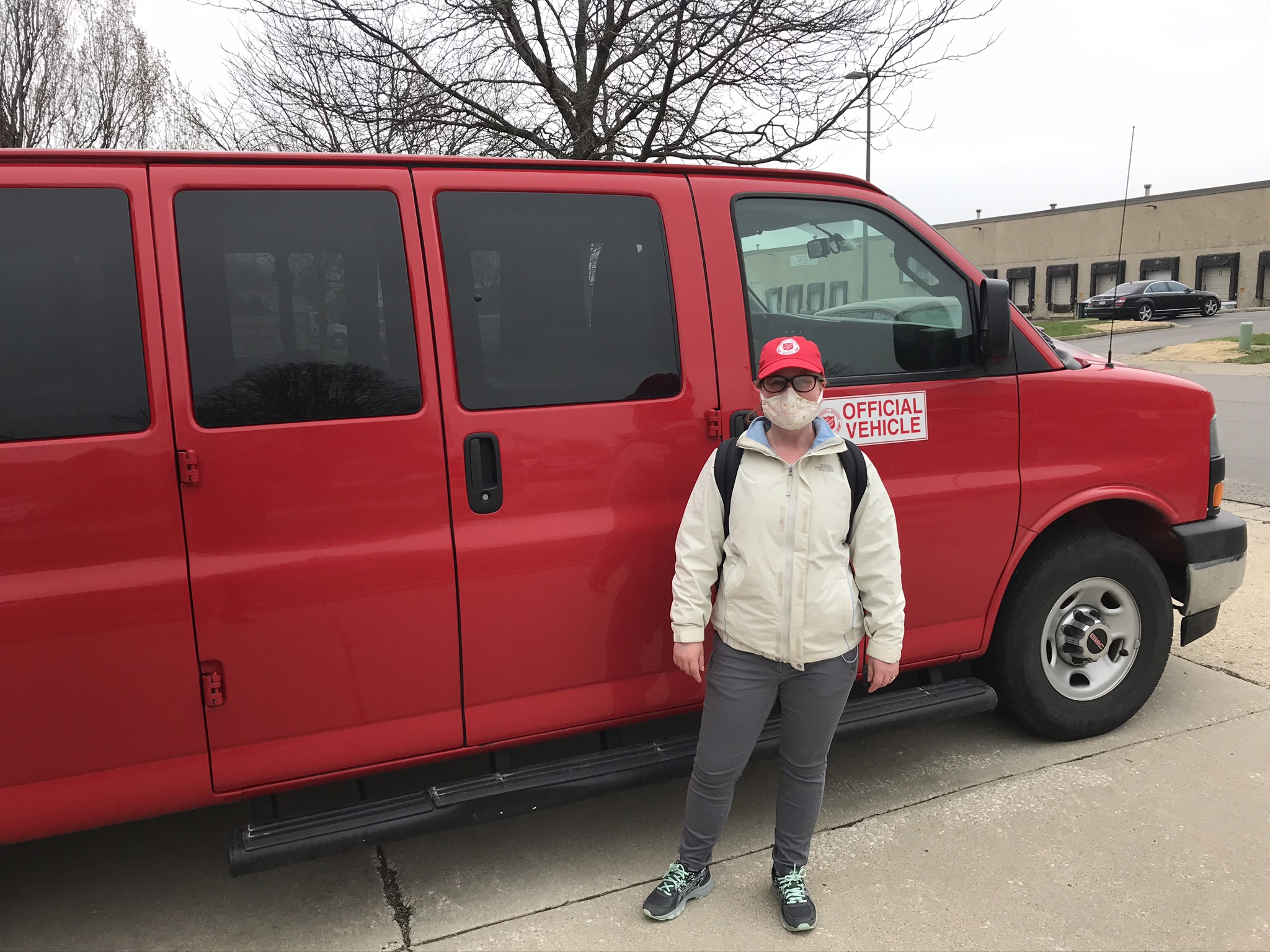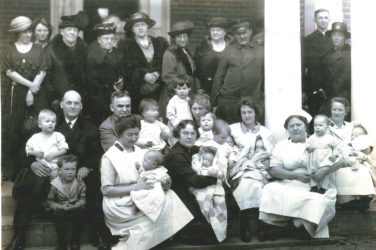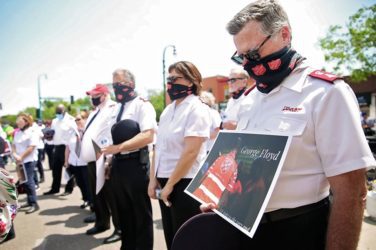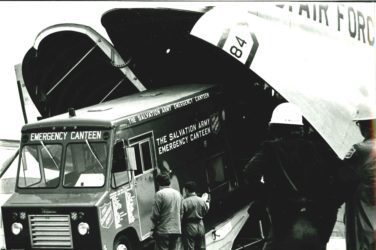Written by Amy Sparks, Registrar
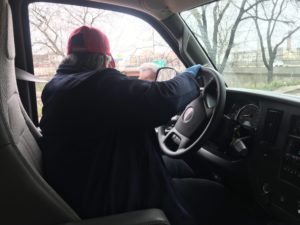
In the van, on our way to a homeless shelter, Major Cheri Hobbins told me that we would soon have the opportunity to hand out bagged lunches to people on the streets asking for help. I was working for The Salvation Army’s Emergency Disaster Services (EDS), and it was my first time doing this job. Perhaps sensing my discomfort from the unknown, Major Hobbins took time on the drive to explain what a typical shelter run involved. She was nearing the end of her temporary reassignment to EDS, during which she had done this route many times, so by this point, it was like clockwork to her.
As we exited the highway, Major Hobbins began to pray aloud, asking God that we would be able to give away all the lunches we had. Then she told me to look out for “the man in the tan coat” who is usually standing at the intersection ahead. After spotting him, we pulled over and Major Hobbins gave him two sack lunches from the window, asking that he give one of them to his friend. Afterward she explained to me that there is an older man who usually stands on the same corner, but that he is not always out as early on cold or rainy days. She did not want that day’s weather to prevent him from getting a meal. After handing out two more lunches, we gave the last one to a woman a few blocks away. Major Hobbins told me that the woman is not out here consistently, but that on one of the occasions when she was able to give her a lunch, the woman thanked her, explaining through tears that it was her birthday.
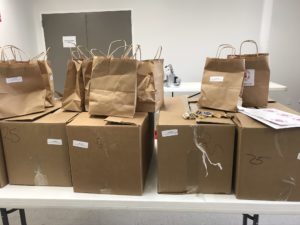
While brief—lasting maybe eight minutes—this had an impact on me. For most of my time with EDS, I delivered food and drink to Chicago’s overflow shelters, which formed in response to increased homelessness during the pandemic. This work met the immediate and practical needs of an under-served community. As such, it is very easy to characterize as purely social work, especially during the pandemic, when there were strict safety guidelines in place to limit our interactions with others. Though EDS typically provides emotional and spiritual support while helping others, our ability to do this was severely impacted by the virus. In addition to wearing masks and maintaining a six-foot distance from others, we were not allowed to go into the shelters, leaving the boxes we delivered at the door. My experience with Major Hobbins stands out to me because, despite these limitations, I still saw spiritual work being done.
While meeting both physical and spiritual needs has been at the heart of The Salvation Army’s work since its inception, not everyone is aware that it has this dual mission. Those who are might wonder how the organization can be equal parts church and charity, questioning its ability to be fully both at the same time. Others might think the Army is simply made up of two different branches, with half devoted to spiritual and half devoted to humanitarian efforts. But the relationship between these two aims is much more nuanced than that. As William Booth explained, “Our social operations are the natural outcome of Salvationism, or, I might say, of Christianity as instituted, described, proclaimed, and exemplified in the life, teaching, and sacrifice of Jesus Christ.” In this sense, I think it is more accurate to describe the Army’s spiritual and social work as symbiotic, with each part mutually supporting the other.
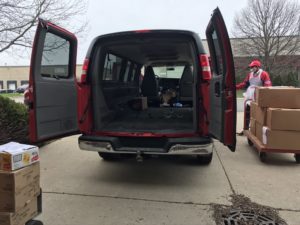
It might be hard for some to grasp how this dual mission actually plays out in reality, and that is why I wanted to share this story. As someone who loves history, it would have been easy to cite orders and regulations, programs and initiatives, and official statements and quotes from leaders to show how the Army’s spiritual and social work are intertwined. But I think my experience seeing this dual mission in action is more telling, because actions speak louder than words.
I only learned after my first shelter run that giving out lunches was not a planned part of that job, and that Major Hobbins organized this effort herself. She saw a need and acted, asking the volunteers in the kitchen if they could prepare lunches with whatever food they had remaining. My heart filled with joy when I saw that this work continued even after Major Hobbins’ month with EDS ended.
While my work with Major Hobbins was just one of the ways in which I saw spiritual work being done through The Salvation Army’s Emergency Disaster Services, it is a good example of just how inseparable the Army’s spiritual and social work really are. In that brief moment, I saw how evangelism is more than just telling someone about the Gospel. God’s faithfulness was in the food given to people who were hungry. The Holy Spirit was present in that moment of devoted prayer. And Jesus’ love was evident in the intention with which Major Hobbins served the individuals she met along way.

